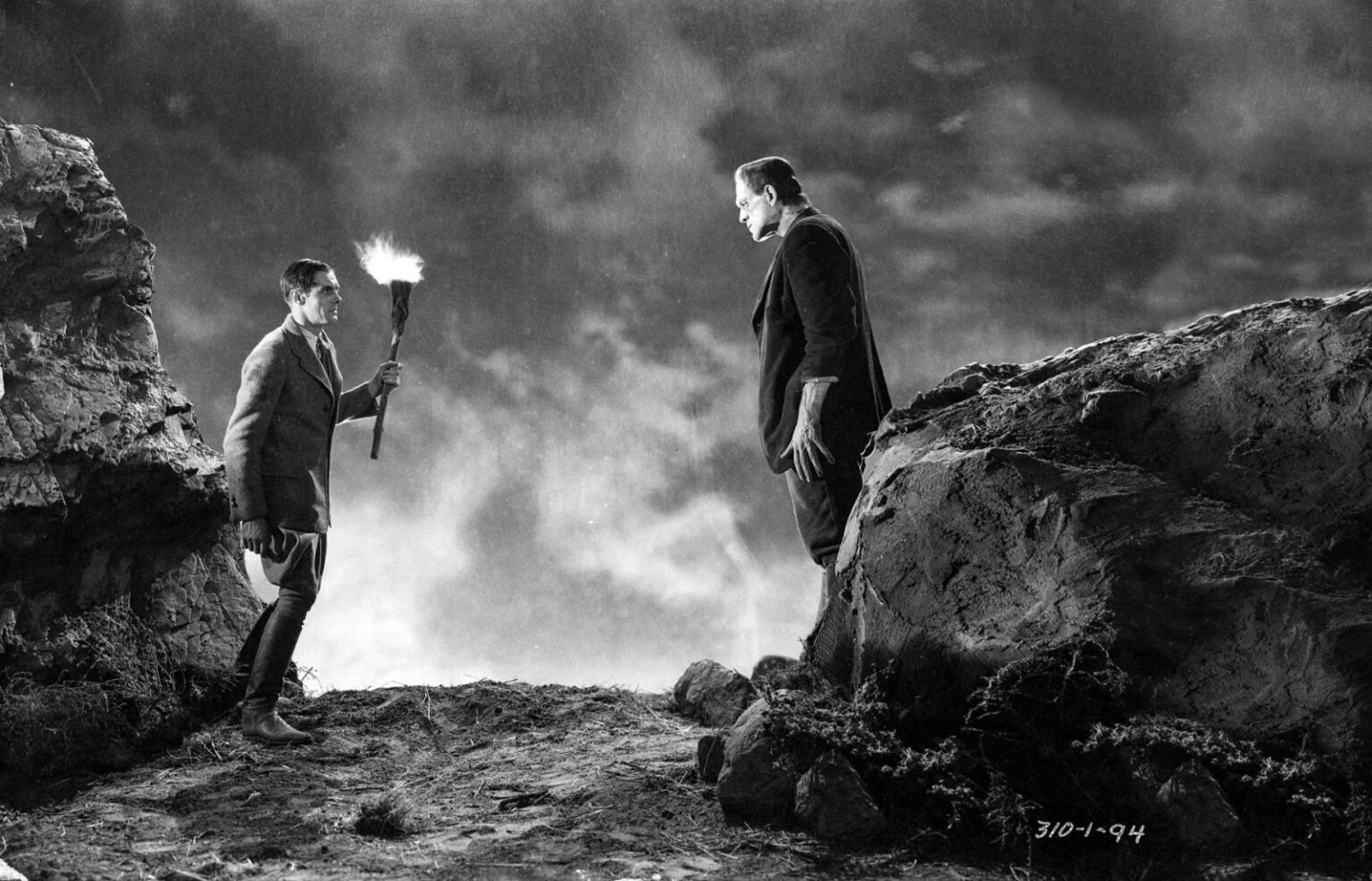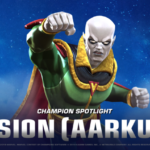In Mary Shelley’s classic novel, Frankenstein, the question of whether or not Victor’s creature is truly human is a central theme. While the creature possesses intelligence and the ability to reason, society does not recognize him as human due to his appearance. Despite his ability to speak and voice his concerns, he is denied the rights of man and cannot defend his actions in the same way a human could. In this blog post, we’ll explore why the creature is not considered human, delve into Victor’s role in the creation of the monster, and examine the various interpretations of Frankenstein as either a monster or a human. So, is Victor’s creature a human? Let’s find out.
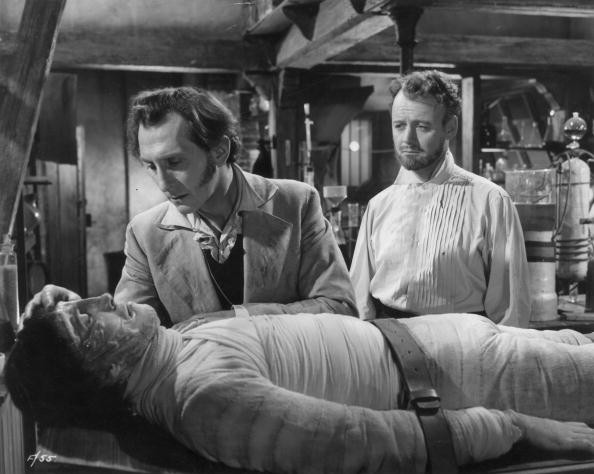
Exploring the Humanity of Victor’s Creature.
In Mary Shelley’s novel Frankenstein, the creature created by Victor Frankenstein possesses a high level of intelligence and is able to communicate effectively using language. Despite these qualities, the creature is not recognized as a human being by society. This is largely due to his physical appearance, which is considered to be monstrous and terrifying. The creature’s inability to be recognized as a human has far-reaching consequences, as he is denied the basic rights and protections that are afforded to human beings. As a result, he is unable to defend himself against the crimes he is accused of in the same way that a human would be.
It is interesting to note that the creature is able to voice his concerns and express his thoughts and feelings in a way that is typically associated with human beings. However, because of his appearance, he is relegated to the status of an outsider in society. This raises important questions about what it means to be human and how society defines that term. The fact that the creature possesses intelligence and reasoning abilities suggests that he is more than just a mindless monster. However, the way he is treated by society suggests that his physical appearance is enough to override any other qualities he may possess.
Overall, the question of whether or not Victor’s creature is a human being is a complex one that raises important issues about society’s treatment of those who are different. While the creature possesses many of the qualities that we typically associate with human beings, his physical appearance makes it difficult for him to be recognized as such. This has serious consequences for his ability to participate fully in society and to access the rights and protections that are afforded to human beings.
>> Must read What is the strongest monster in stranger?
The Inhumanity of Victor’s Creation: Understanding the Creature’s Non-Human Nature.
In Mary Shelley’s novel “Frankenstein,” the question of whether Victor’s creature is human is a recurring theme. The creature is certainly not accepted as human by society, but what are the reasons for this? One argument is that the creature cannot be considered human because he is a singular being, unlike humans who exist in communities. Victor created the creature, and there is no other being that looks and acts the same way as him. The creature is unique in every way, from his physical appearance to the way he was made.
The creature’s singular existence is a fundamental reason for his exclusion from human society. Humans form communities and relate to each other based on shared experiences, values, and goals. The creature, on the other hand, has no one like him and cannot find a place among humans. He is an outsider in every sense of the word, and this makes him a monster in the eyes of society.
Moreover, the creature’s appearance and mannerisms are unsettling to humans. He is a patchwork of different body parts, and his yellow eyes and abnormal height make him stand out. The creature’s distinctive appearance is a source of fear and disgust to humans, which further compounds his exclusion from society.
In conclusion, Victor’s creature cannot be considered human because he is a singular being that does not fit into human communities. The creature’s unique appearance and mannerisms also make him an outsider in the eyes of society. These factors contribute to the creature’s exclusion and ultimately turn him into a monster.
Trending now – What movie has a 100% rating?
Victor’s Role in the Creation of the Monster.
Victor Frankenstein is the creator of the monster, but his intentions for creating it were not entirely pure. In fact, his desire to bring the creature to life stemmed from a selfish need for glory and fame. He envisioned the creature as his ultimate scientific achievement, something that would bring him recognition and acclaim throughout the world.
However, Victor did not consider the ethical and moral implications of creating life, nor did he think about the consequences of abandoning his creation. He was so focused on the act of creation itself that he failed to consider the emotional and psychological needs of his creature.
Furthermore, Victor’s creation was not a straightforward process. He spent months working obsessively on his project, often at the expense of his own health and relationships. He scavenged graveyards for body parts and worked tirelessly to bring the various pieces together into a functioning organism.
Despite his initial enthusiasm for the project, Victor quickly realized that he had made a grave mistake. His creation was not what he had imagined it would be – it was a monster, a grotesque and terrifying creature that he could not control. Victor’s failure to consider the implications of his actions would lead to tragic consequences that would haunt him for the rest of his life.
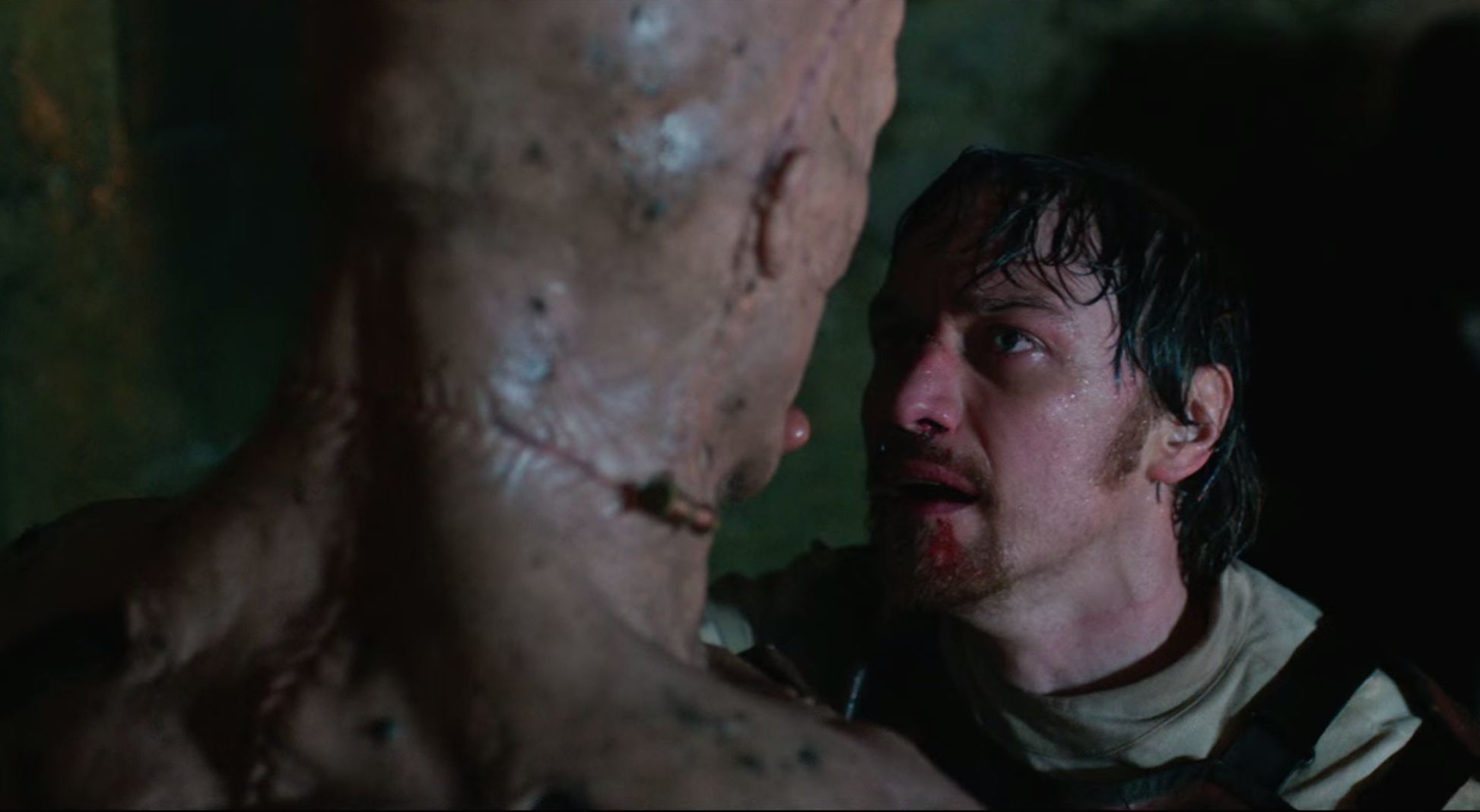
The Creation of a Female Monster by Victor: A Possibility Examined.
In Mary Shelley’s novel “Frankenstein,” Victor Frankenstein, the protagonist, is confronted with the prospect of creating a female creature to fulfill his first creation’s desire for companionship. However, after his encounter with the monster on the glacier, Victor decides to put off the creation of a new female creature. Despite the monster’s plea, Victor cannot bring himself to create another being like his first creation.
The idea of creating a female creature raises several questions about Victor’s character and his motivations. One might wonder why Victor, who was so driven to create life in the first place, would hesitate to create another creature. Some might argue that Victor’s refusal to create a female creature demonstrates his unwillingness to accept responsibility for his actions. By creating another creature, Victor would be creating another being that would need to be cared for and protected, just like his first creation.
Additionally, Victor’s decision not to create a female creature raises the question of whether he truly sees his first creation as a human being. If he did, he might feel compelled to create another creature to alleviate his first creation’s loneliness. However, Victor’s reluctance to create a female creature suggests that he sees his first creation as something less than human.
In conclusion, Victor’s decision not to create a female creature is a significant moment in the novel, both in terms of character development and theme. It raises questions about Victor’s motivations and his relationship with his first creation. Ultimately, it highlights the novel’s central themes of responsibility, creation, and the consequences of playing God.
The Reasons Behind Victor’s Decision to Not Create a Female Monster
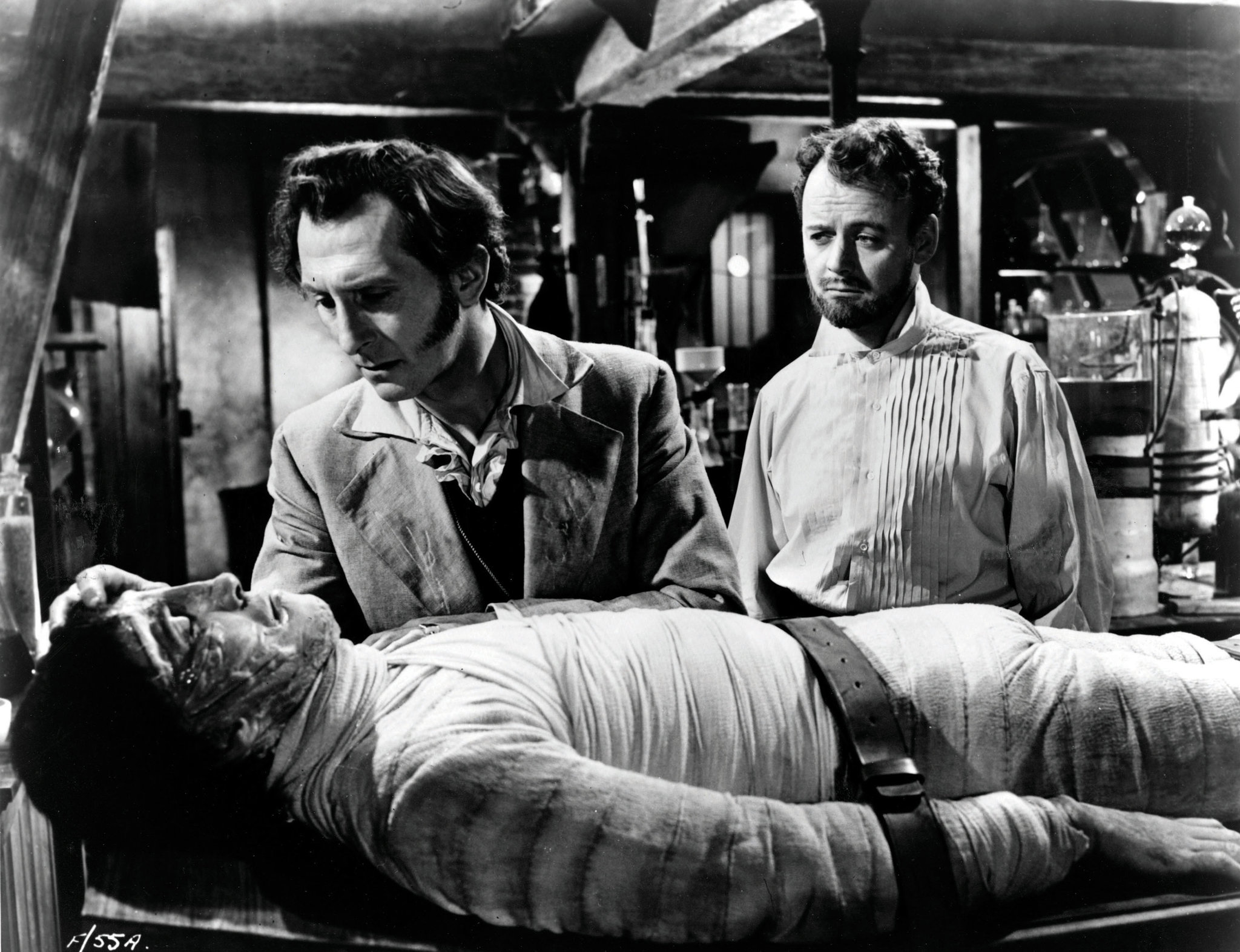
In Mary Shelley’s novel Frankenstein, Victor Frankenstein, the protagonist and the creator of the creature, decides against creating a female monster. Despite the creature’s repeated pleas for a companion, Victor ultimately decides that it would be dangerous to create a partner for the creature. He fears that if he creates a female monster, they may produce offspring and their descendants could potentially overrun humanity. Victor also fears that the two creatures together would be even more powerful and could cause greater destruction.
Given these potential consequences, Victor decides he would be selfish to provide the creature a mate to save himself from the creature’s persecutions, so he destroys the female. This decision leads to the creature’s wrath and revenge on Victor and his loved ones, intensifying the conflict between the two.
Shelley’s portrayal of Victor’s decision-making in the novel is a commentary on the dangers of playing God and the consequences of our actions. Victor’s actions are driven by his own fears and selfishness, rather than his responsibility as the creator of the creature. Ultimately, it is the lack of compassion and empathy towards the creature that leads to the tragic outcomes in the novel.
In conclusion, Victor’s decision not to create a female monster is driven by his fears and selfishness. However, this decision only exacerbates the conflict between him and the creature, leading to a tragic outcome for both. Shelley’s portrayal of this decision-making is a commentary on the dangers of playing God and the consequences of neglecting our responsibilities towards our creations.
Unveiling the Physical Appearance of Victor’s Creation
Victor’s monster is famously depicted as a grotesque and horrifying creature. Mary Shelley’s vivid description of the monster in the novel is one of the most memorable and striking literary descriptions of a monster in history. According to the text, the monster had yellow skin that barely covered the muscles and arteries beneath. His hair was long and flowing, an unusual feature that made him stand out from human beings. Additionally, his teeth were pearly white, which seems almost ironic since he was such a frightening creature. The monster’s eyes were watery and almost the same color as the sockets in which they were set, making him look even more frightening.
Overall, Shelley’s description of the monster is vivid and detailed, making it easy for readers to imagine the creature in their minds. The description is meant to evoke feelings of horror and disgust, which are central to the novel’s message. In Shelley’s view, the monster is not only physically grotesque, but he is also a symbol of the dangers of scientific ambition and the consequences of playing God.
The Identity of Frankenstein: Creature or Man?
In Mary Shelley’s novel Frankenstein, the question arises whether the creature Victor Frankenstein brought to life is a monster or a human. The answer is not as straightforward as one might think. The novel portrays the creature as a monster, a being that is beyond human control and has committed horrific acts. The punishment that the creature receives is a testament to this portrayal. However, the creature’s actions are not entirely his fault, as he was created by Victor Frankenstein, who played the role of a god in giving life to a new being.
Victor’s creation of the creature was an inhuman act that went beyond the limits of ethical boundaries. The creature’s appearance was grotesque, and his actions were violent and destructive. Victor’s punishment for his actions also suggests that he had overstepped the bounds of human control. Therefore, it can be argued that both Victor and his creation were monsters.
However, it is essential to note that the creature had human-like qualities. He had the ability to think and feel, and he craved acceptance and love, just like any other human being. The creature was not inherently evil, but he was driven to commit horrific acts due to his rejection by society and his creator.
In conclusion, Frankenstein’s creature can be seen as both a monster and a human. The punishment and portrayal of the creature in the novel indicate that Victor’s creation was an inhuman act that went beyond the limits of ethical boundaries. Therefore, it can be argued that Frankenstein was a monster. However, the creature’s human-like qualities cannot be ignored, and his actions were driven by his rejection by society and his creator.
The Identity Crisis in Mary Shelley’s Frankenstein: Who is the Real Monster?
In Mary Shelley’s novel Frankenstein, the titular character is often referred to as both Dr. Frankenstein and the monster. However, it is important to note that these two terms do not refer to the same entity. Dr. Frankenstein is the scientist, the creator of the monster, while the monster is the artificial being that he brought to life.
Throughout the novel, Dr. Frankenstein is portrayed as a brilliant but deeply troubled scientist, whose obsession with creating life ultimately leads to his downfall. His creation, the monster, is often depicted as a grotesque and terrifying creature, with a physical appearance that is both repulsive and fascinating.
Despite his monstrous appearance, however, the creature possesses a surprisingly complex and nuanced personality. He is capable of experiencing a wide range of emotions, including love, hate, and despair, and is often portrayed as a tragic figure, misunderstood and rejected by society.
Ultimately, it is clear that Dr. Frankenstein is the true protagonist of the novel, while the monster is a tragic and misunderstood figure, created by his creator’s own hubris and ultimately destroyed by it. Despite his monstrous appearance, the creature is a fascinating and complex character, whose story continues to captivate readers to this day.
The Motivations behind Victor’s Creation of the Monster.
Victor Frankenstein, the protagonist of Mary Shelley’s novel “Frankenstein”, creates the creature out of a desire for recognition and success in the field of science. He is driven by the ambition to uncover the secrets of life and death, and to create a being that would be seen as a testament to his genius. However, as he works on his creation, he becomes increasingly consumed by his obsession, and does not consider the ethical and moral implications of his actions.
Victor is so focused on achieving fame and glory through his scientific accomplishments that he fails to consider the consequences of creating life. He is blinded by his own ego and ambition, and does not think about how the creature will be received by society or how it will be able to live and function in the world. Victor’s lack of foresight ultimately leads to tragic consequences, as the creature he creates becomes a source of terror and destruction rather than a symbol of scientific advancement.
In his pursuit of scientific greatness, Victor also fails to consider the emotional and psychological toll that his experiment will take on him. He becomes increasingly isolated and detached from the world around him as he works on his creation, and he is haunted by the guilt and regret that come with the realization of the horrific consequences of his actions.
In conclusion, Victor’s desire for fame and recognition in the field of science leads him to create the creature, without fully considering the implications and consequences of his actions. His ambition blinds him to the ethical and moral issues involved in creating life, and ultimately leads to tragic consequences for both himself and the creature he brings into the world.
Deconstructing Frankenstein: The Blurring Line between Technology and Humanity
Mary Shelley’s Frankenstein is a novel that has been the subject of many debates and interpretations, and one of these is the idea that Frankenstein’s monster is the first cyborg. The concept of a cyborg, which stands for “cybernetic organism,” refers to a being that combines organic and artificial components, resulting in a creature that is part-human and part-machine. According to Gray, Mentor, and Figueroa-Sarriera, Frankenstein’s monster is often cited as the first cyborg, making the novel a precursor to the cyborg genre.
The idea of Frankenstein’s monster as a cyborg comes from the fact that the creature is not entirely human. It is a product of Victor Frankenstein’s experimentation with science and technology, using parts from different corpses and animating them with electricity. As a result, the monster is a patchwork of different body parts, with artificial elements such as the bolts on his neck and the electrodes that Victor uses to bring him to life. This combination of organic and artificial elements makes the monster a cyborg, a being that blurs the lines between human and machine.
While the term “cyborg” was not coined until the mid-20th century, the concept of a creature that is part-human and part-machine has been around for centuries. However, Frankenstein’s monster is often cited as the first true cyborg, as it embodies the idea of a being that is created through the fusion of human and non-human elements. The novel’s depiction of the monster as a cyborg has influenced many subsequent works of science fiction, and has helped to shape our understanding of what it means to be human.
The question of whether Victor’s creature is human or not is a complex one. While the creature possesses many human qualities, society does not recognize him as such due to his appearance. Victor’s decision to create the creature ultimately led to its tragic fate, as he neglected to provide it with the love and guidance it needed to thrive. Despite being labeled a monster, the creature’s intelligence and ability to reason make it clear that it is not a mindless beast. The story of Frankenstein raises important questions about what it means to be human and the consequences of playing God with life.

